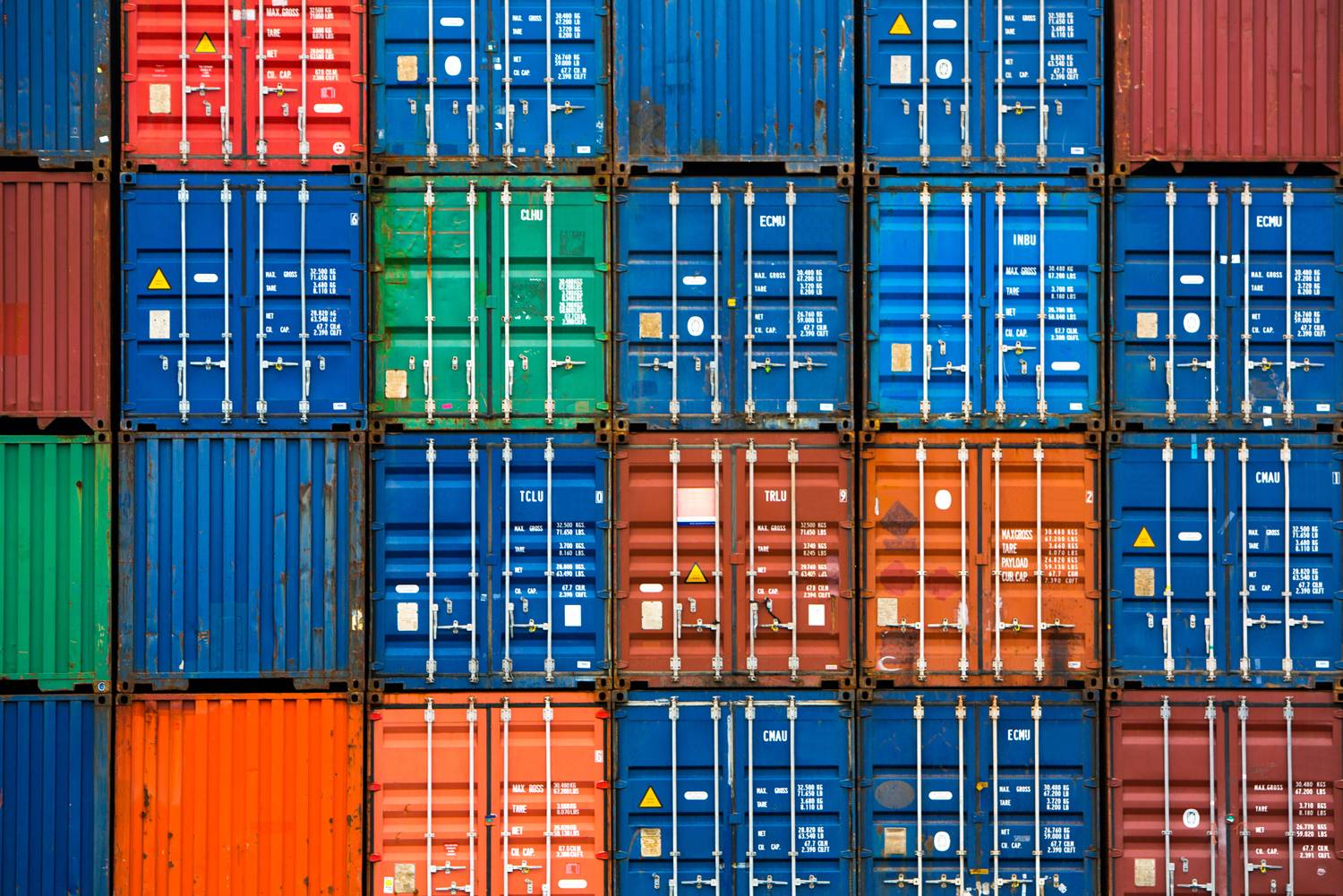Slaughter & Rees Report: Mar-a-Lago Cheat Sheet
Economists Slaughter & Rees of the Tuck School debunk Trump's claims about the U.S. trade deficit and its impact on jobs.

"The level of a country’s employment and the size and direction of its trade balance bear no necessary link to each other."
Later this week Chinese President Xi Jinping will travel to Mar-a-Lago, the Florida estate that U.S. President Donald Trump is referring to as his “Southern White House,” for the first summit between these leaders of the world’s two largest economies.
What will they discuss? What else: trade.
Last Thursday Donald Trump tweeted that, “The meeting next week with China will be a very difficult one in that we can no longer have massive trade deficits and job losses.” The next day the president signed an executive order requesting that a new study of America’s trade deficit be completed within 90 days, examining this deficit both by countries and products. Stated the president in announcing the executive order: “The jobs and wealth have been stripped from our country. Year after year, decade after decade, trade deficit upon trade deficit.”
Rhetoric like this might sound good. But if we want summits and studies and other such presidential work to actually improve the outlook for American workers and their families, then such flourishes need to be seen clearly for what they are: almost entirely fiction. Here is hoping that sometime before the first Mar-a-Lago sit-down, the following cheat sheet proves useful to the key parties involved.
Last year the United States ran a deficit in trade in goods and services with the rest of the world of $502.3 billion. The fundamental economic cause of that deficit was not sad trade agreements, tilted playing fields, currency manipulation, or other usual suspects. Rather, it was low national savings relative to national capital investment.
When a country is open to trade in assets with the rest of the world in addition to trade in goods and services, the total value of its exports and imports of goods and services need not be balanced. In recent years, when the United States has been running a trade deficit in trade goods and services, it has been running a commensurate trade deficit in assets.
Imbalanced trade in not just goods and services but also assets is not inherently unfair. Quite the opposite: it reflects expanded gains from trade. American capital investment is higher than it otherwise would be by matching allowing fruitful business opportunities here to be funded by the savings of foreigners above and beyond the net savings of U.S. households, companies, and government.
So, what about America’s trade deficit in goods and services with China, which last year tallied $347.0 billion? Part of this large bilateral deficit is simply a manifestation of the overall large multilateral deficit. China is the second-largest economy on the planet and one that in recent years has had very high rates of national savings. Part of this bilateral deficit also reflects the pattern of comparative advantage between the two countries. The United States runs a trade surplus with China in many high-skilled tradable services such as consulting, education, and engineering. In turn, the United States continues to run a large trade deficit with China in many moderately skilled manufactures such as textiles, apparel, and electronics.
It is essential to remember that bilateral trade deficits and surpluses are not bad; rather, they are precisely the opposite—they are the visible manifestation of the gains from trade that arise when countries can concentrate their scarce time, capital, and labor on producing the goods and services at which they are relatively productive relative to the rest of the world. The same is true for how you gain from trade: you produce a very narrow set of products that you “export” to the rest of the world and you “import” from the rest of the world nearly all the goods and services that you consume, such as your food, clothing, and shelter. We bet that year after year, decade after decade, you run a perpetual trade deficit with Amazon. Should you be slapping a 35 percent tax on everything you purchase via Amazon Prime?
But what about American jobs? Trade is about the kinds of jobs, not the number of jobs. Yes, trade competition does pressure certain workers, companies, and communities. It has done so for generations; it will do so for generations. But the proper policy response here is a much stronger safety net—more modern, more creative, better funded—not building walls. The level of a country’s employment and the size and direction of its trade balance bear no necessary link to each other.
America today is exhibit A of this noncorrelation. Today America’s unemployment rate stands at just 4.7 percent and has been below 5 percent for nearly a year. On all plausible measures, America is very close to—if not at—full employment. It is a fiction to believe that if this year America’s $502.3 billion overall trade deficit disappeared, output and employment would somehow automatically rise commensurately. Think of the last time America had strong growth in jobs and wages for all workers, including the less skilled. That was during the mid- and late 1990s: at one point, unemployment was running below 4 percent. Was America running a positive and growing trade surplus at that time? No. There was a large and growing trade deficit, which largely reflected that America’s investment opportunities were so large amidst the information-technology boom that savers around the world wanted to participate in these exciting investment opportunities.
How to close America’s overall trade deficit? Bilateral barriers toward any one trading partner—even one as large as China—will alter the overall deficit very little, because it will do little to alter the investment-savings imbalance between America and the rest of the world. If he were so inclined, President Trump could shrink the trade deficit substantially by shrinking the federal budget deficit. Lower spending and/or higher taxes that reduce the size of dissaving by the government will mean less foreign savings is required to fund any given amount of U.S. capital investment.
Here endeth the cheat sheet. Cross fingers that at least some of these facts and frameworks are on tap this weekend in Mar-a-Lago, in addition to warm breezes and sunny skies.

